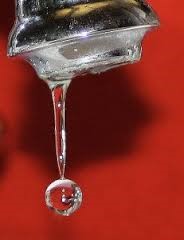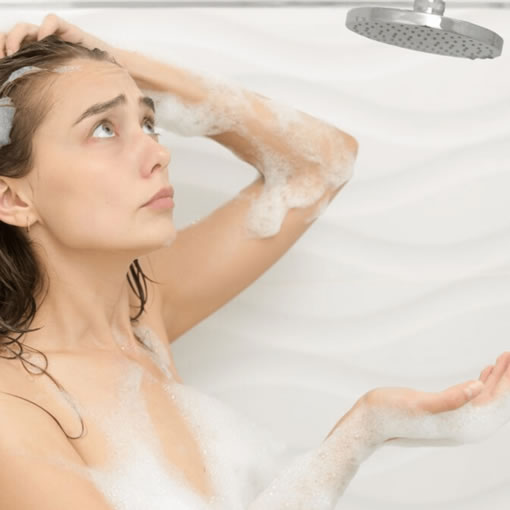Are you, or someone you know, worried about a low yield water well (less than 4 gallons per minute)? Or might you be thinking about the purchase of a home, but are hesitant because the well yields less than 4 gallons per minute? It’s a common response. But generally it is not as serious a concern as commonly perceived.
Any Correlation?
 Low yielding wells are widely regarded as less reliable and desirable, than higher-yielding wells. We have heard several realtors claim that “gushers” (high yield wells) are good. And they proclaim that buyers “…ought not worry…” if the home’s well produces over 10 gallons per minute based on a current inspection. We should all be careful about using such statements.
Low yielding wells are widely regarded as less reliable and desirable, than higher-yielding wells. We have heard several realtors claim that “gushers” (high yield wells) are good. And they proclaim that buyers “…ought not worry…” if the home’s well produces over 10 gallons per minute based on a current inspection. We should all be careful about using such statements.
The truth is that, based on our extensive data analysis, there is NO correlation of the well yield to the reliability, longevity or utility of the well. Many Mid-Atlantic states consider a well adequate if it produces 1 gallon per minute when complete, and consistently over specific time periods.
The fact is that a 1 gallon per minute well will produce 1,440 gallons per day. Over that same day, an average family of 4 or 5 uses 400-500 gallons. This includes use of water in the kitchen, bath and laundry. We have excluded water used for outdoor purposes such as irrigating, filling an in-ground pool, washing cars, etc. This is because you rarely see homeowners with a well attempt these due to their concerns about the well water usage, and wear and tear.
But wouldn’t you agree that there seems to be plenty of water since the average family is 4 or 5, which would normally consume 400-500 gallons of water daily is so much less than the daily output of the well of 1,440 gallons? So where is the disconnect between perception and reality?
Usage and Conservation
The risks of running out of water in this case have to do with the patterns of usage by a family, and the actual capacity of any given well to store water. When a low yielding well runs out of water, it is almost always because the gallons used in a given period greatly exceeds the gallons produced by a low yielding well over the time period of high usage.
It is always upsetting to “run out of water”, even if the well is recharging at a steady rate, but is recharging at a rate less than the current usage. You still feel like you have a dry well. And the anxiety of personal disruption and large financial bills to drill a new well creep into your mind. This creates a lot of anxiety. It’s hard to ignore that “lump in your throat” when the water slows to a trickle.
But in most cases, and depending on the water usage patterns, water storage, yield, and time periods of “peak water usage”, it may not be a problem. Or may be a problem which can often be solved simply by adjusting your water usage, or adding some additional storage capacity. These are further explained in a separate article.
No matter what the actual yield of your well, at some point—NOT IF, BUT WHEN—your well will fail. Because like any other of your most complicated and expensive of your home’s components, such as your roof or HVAC, all suffer from wear and tear in addition to natural causes.
But worst of all, your well typically provides no warning that it is about to fail. One day, your water will stop, when the day before, it was running just fine. You can remedy this concern with the purchase of the WelGard® Protection Plan. For a little over a dollar a day, you can have peace of mind! Visit www.welgard.com for a free quote. It’s less expensive than you think and worth the Peace Of Mind it affords.

